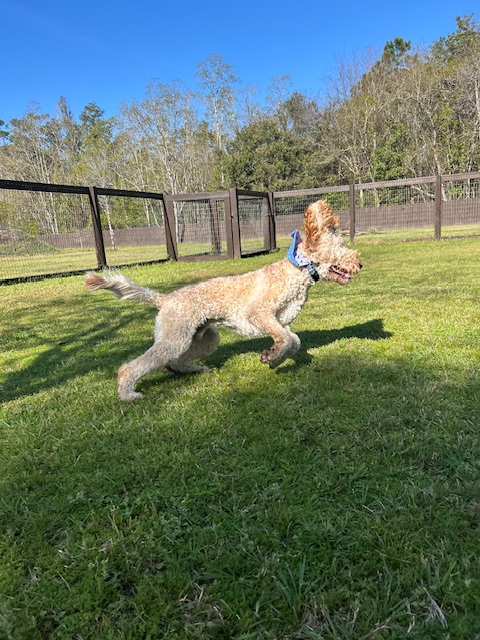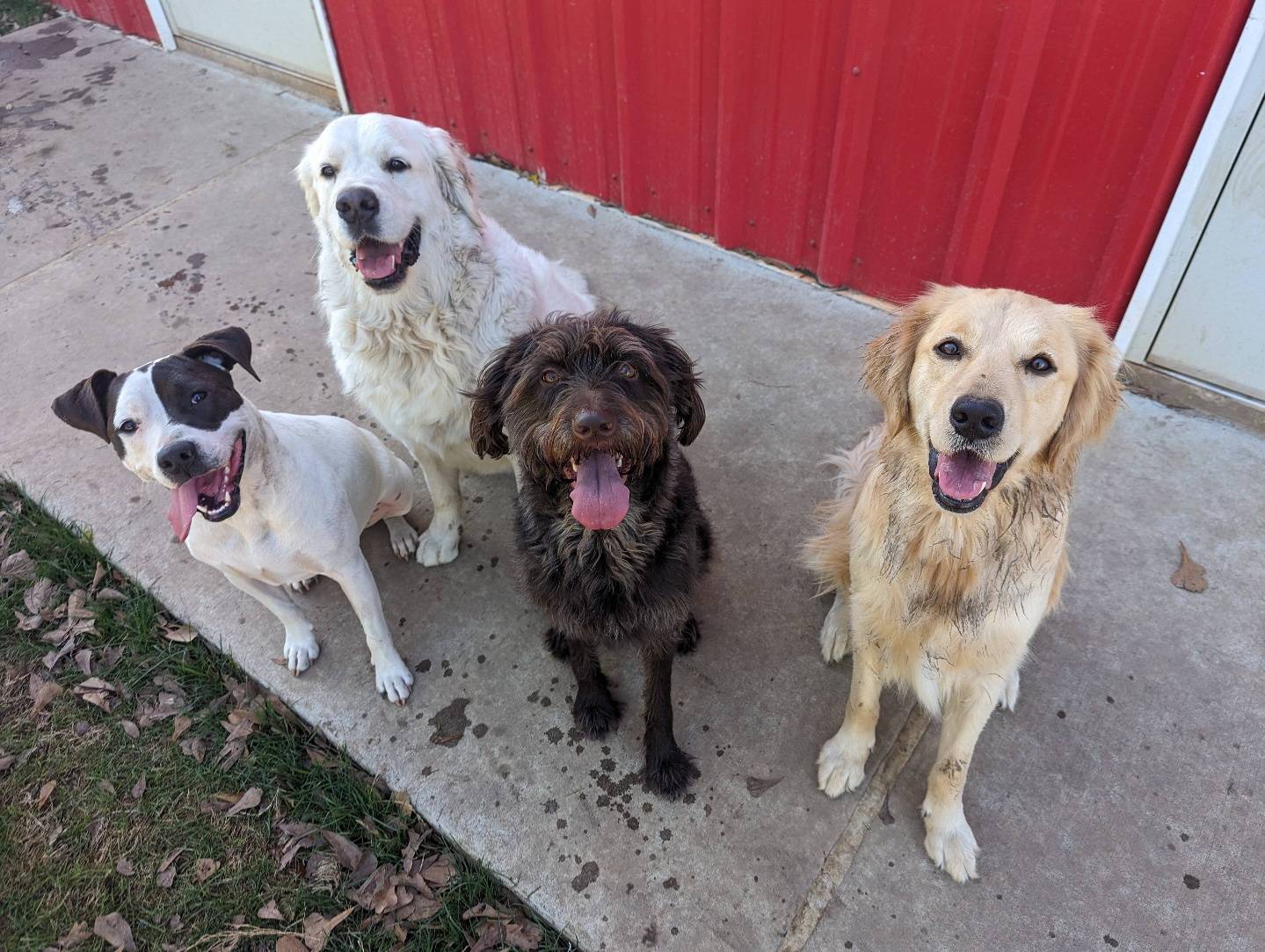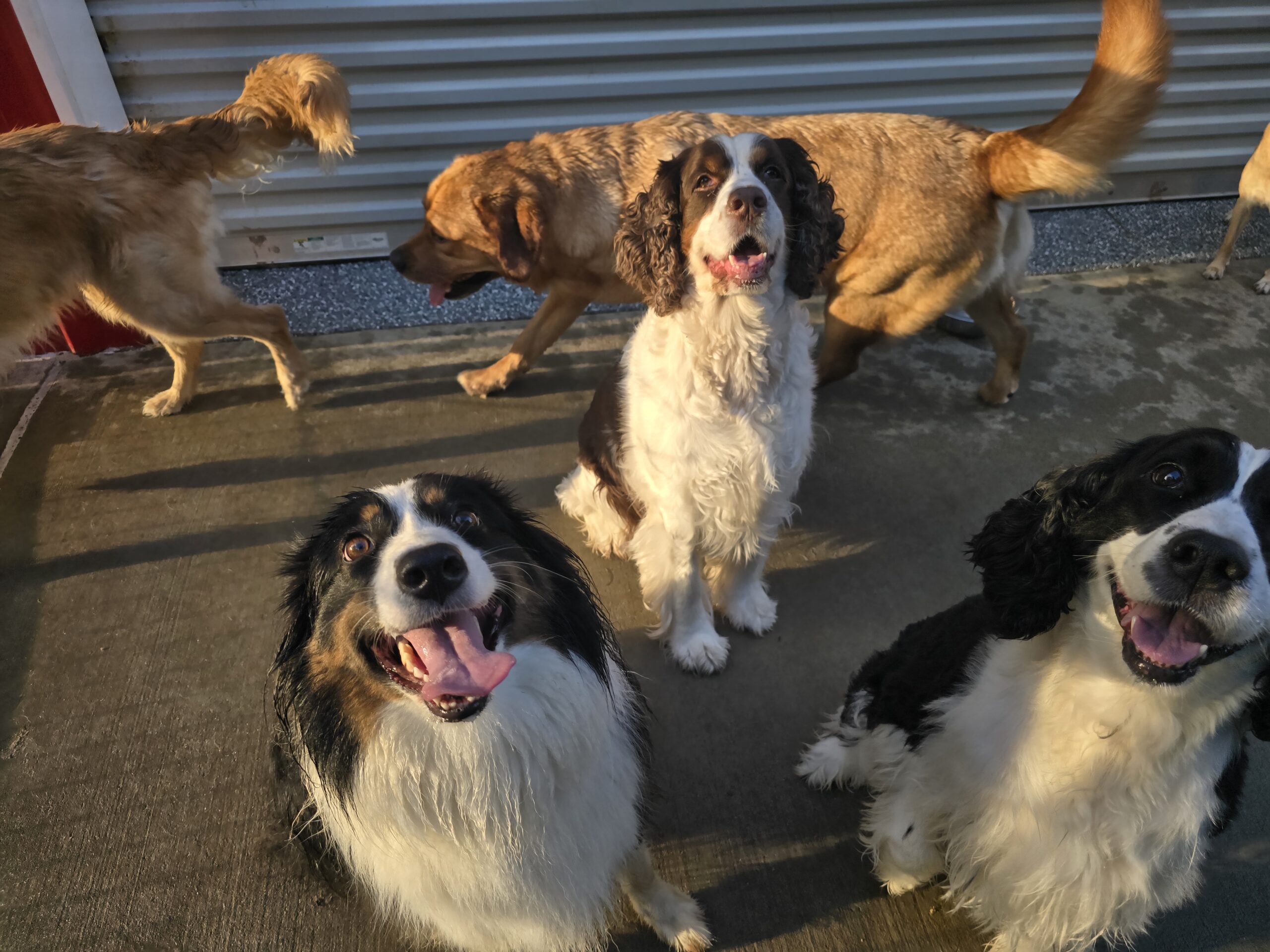Dogs communicate with us in ways far more complex than barking or whining. One of the most visible, yet often misunderstood, forms of communication is the wag of a tail. Many dog owners assume that a wagging tail always signals happiness, but in reality, tail movements convey a wide range of emotions and intentions. Understanding these cues can improve training, strengthen the human-dog bond, and prevent misunderstandings that might lead to stress or even aggressive behavior.
The Science Behind Tail Communication
Tail wagging is an instinctive form of body language in dogs. Research shows that the position, speed, and direction of a wag carry subtle information about a dog’s emotional state. For instance, a relaxed, slow wag with the tail held at a neutral height typically indicates contentment. A stiff, fast wag with the tail held high can signal alertness, excitement, or even potential dominance. Conversely, a tail tucked between the legs is almost universally a sign of fear or submission.
Neuroscience studies reveal that tail wagging is also linked to activity in a dog’s brain hemispheres. Dogs tend to wag more to the right when they feel positive emotions and more to the left when they experience negative emotions. This lateralization helps them communicate more accurately to other dogs and to humans, providing a silent but nuanced language that can express curiosity, anxiety, friendliness, or caution.
Decoding Tail Height and Position
The height at which a dog carries its tail offers additional insight. A tail held high often shows confidence or excitement, while a tail held at mid-level suggests a relaxed and neutral state. A tail low or tucked close to the body generally indicates fear, stress, or uncertainty. Not all breeds carry their tails the same way, so it’s important to consider breed-specific characteristics when interpreting tail position.
Tail Wag Speed and Context Matter
A wagging tail alone doesn’t tell the whole story; speed and context are equally important. Rapid wags accompanied by a playful body posture—ears up, mouth relaxed, front paws slightly crouched—typically mean the dog is happy and eager to interact. Slow wags, on the other hand, might indicate hesitation, insecurity, or cautious assessment of the environment. Contextual cues, including the dog’s surroundings, interactions with humans or other animals, and overall body posture, are critical to correctly reading tail signals.
Communication Beyond the Tail
While tail wagging is a major aspect of canine communication, it works in concert with other body language signals. Ear position, eye contact, lip movement, posture, and even the way a dog moves all contribute to a complex system of nonverbal messaging. For example, a wagging tail combined with a stiff body, pinned-back ears, and a fixed stare may indicate tension rather than friendliness. Recognizing these combinations helps dog owners interpret behavior more accurately and respond appropriately.
Practical Implications for Training and Behavior
Understanding tail language is not just an academic exercise; it has practical benefits for dog training and behavior management. By recognizing when a dog is anxious, fearful, or overstimulated, owners can intervene before a negative behavior escalates. Positive reinforcement becomes more effective when paired with an awareness of the dog’s emotional state, and stressful situations can be avoided by reading warning signals early.
For dogs with social challenges or a history of trauma, careful attention to tail signals allows trainers to create safe, structured environments. Dogs feel more secure when their subtle cues are acknowledged and respected, leading to better focus, learning, and overall well-being.
Strengthening the Human-Dog Bond
Deciphering the language of tail wags fosters deeper understanding and empathy between dogs and their owners. When humans accurately interpret a dog’s intentions and emotions, interactions become more meaningful, and trust is strengthened. Dogs are more likely to respond positively when their communication is understood and their emotional needs are met.
Moreover, understanding tail communication enhances socialization with other dogs. Dogs rely heavily on tail and body language to establish boundaries, convey intent, and prevent conflicts. Owners who can read these signals can facilitate safe, positive play sessions and manage group interactions more effectively.
Conclusion
Tail wagging is far more than a simple indicator of happiness. It is a sophisticated system of communication that conveys emotions, intentions, and reactions to the world around them. By learning to read tail position, speed, and context, along with accompanying body signals, dog owners can gain a clearer understanding of what their pets are trying to tell them. This knowledge not only improves safety and behavior management but also deepens the bond between humans and dogs. Paying attention to the hidden language of tail wags ensures that every interaction with a dog is informed, empathetic, and enriching for both parties.







